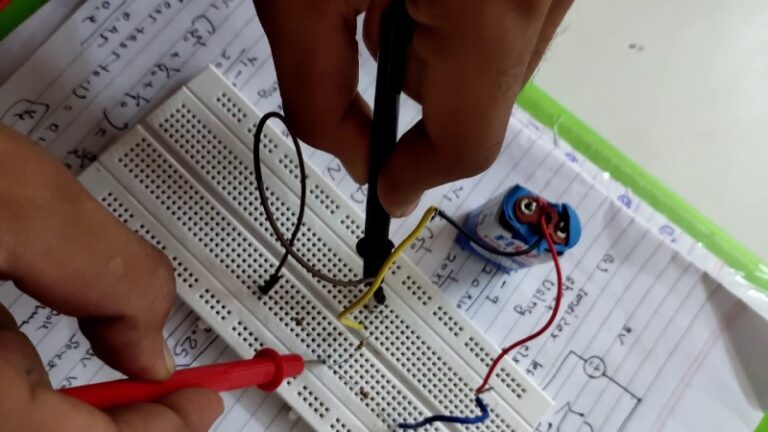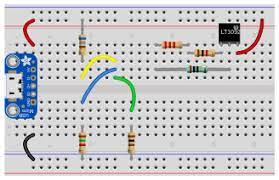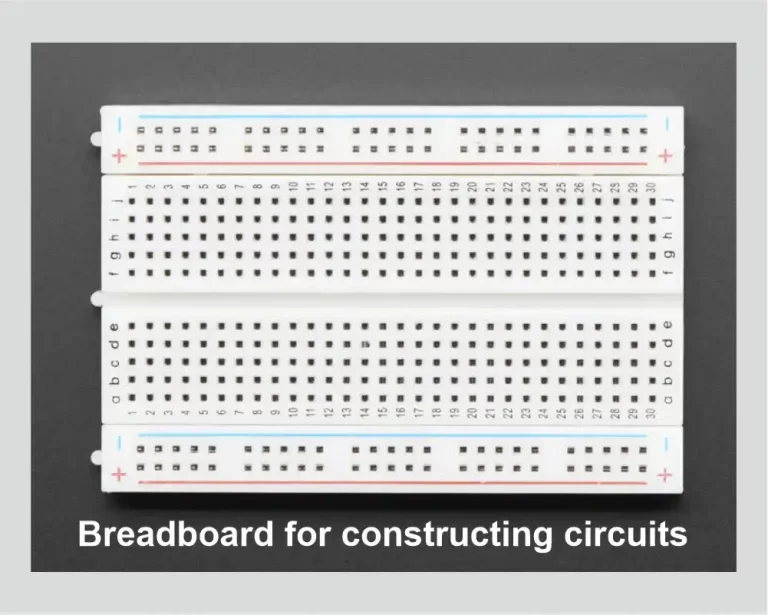
Thevenin’s Theorem
A complex network consisting of sources and resistors can be replaced by a single equivalent source and single resistor in series with the source.
Exhaustive study series of network theorems, mesh analysis and nodal analysis with detailed circuit diagrams and explanation with mathematical equations

A complex network consisting of sources and resistors can be replaced by a single equivalent source and single resistor in series with the source.

A complex network consisting of number of sources of e.m.f. and resistors can be replaced by a single constant current source in parallel with a single resistance or impedance.

In a linear network consisting of resistances and voltage sources, the value of the current in any branch is the algebraic sum of the currents due to each e.m.f., when all the other sources are replaced by their internal resistances.

The maximum power transfer theorem states that maximum power is transferred from source to the load when the internal resistance of the source is equal to the load resistance i.e. the power will be maximum when r = RL

It states that when a number of voltage sources V1, V2, V3… are connected in parallel having their internal resistances as (r1, r2, r3 …) respectively, then this arrangement can be replaced by a single equivalent voltage source (V) in series with an equivalent series resistance (r).

In mesh analysis any resistive, inductive or capacitive circuit can be analysed to obtain current in any branch of the circuit. We shall use one simple example to understand mesh analysis.